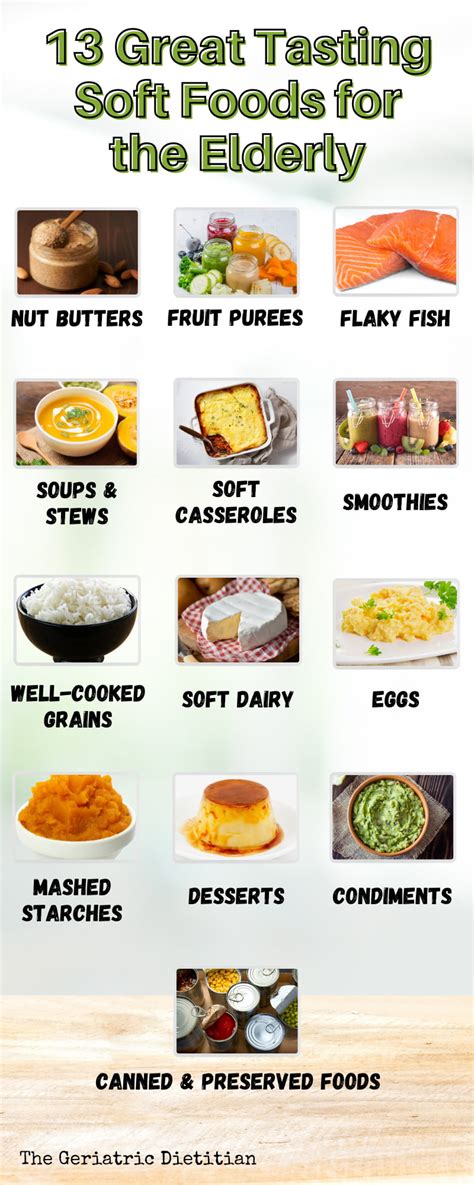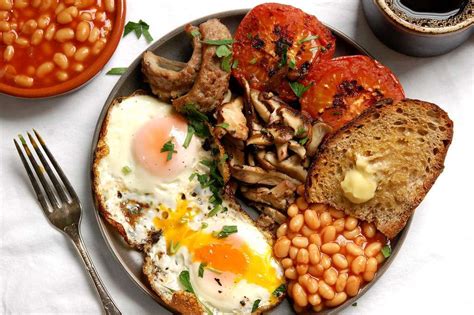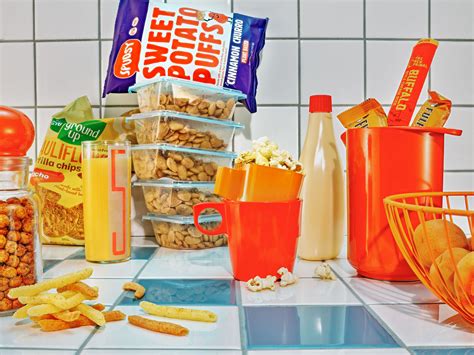Intro
Discover gentle eating with our soft diet food list, featuring easy-to-chew options like mashed fruits, pureed veggies, and tender proteins for comfortable digestion and relief from dental issues or swallowing difficulties.
When individuals are recovering from an illness, surgery, or dental procedure, their healthcare provider may recommend a soft diet to help them heal and manage their discomfort. A soft diet typically consists of foods that are easy to chew and swallow, reducing the risk of irritation, pain, or complications. The importance of a soft diet cannot be overstated, as it plays a crucial role in the recovery process, allowing individuals to maintain their nutritional intake while minimizing discomfort.
The concept of a soft diet is not new, and it has been used for centuries to help individuals recover from various health issues. With the advancement of medical science, the importance of a soft diet has become even more pronounced, as it is now recognized as an essential component of the recovery process. A well-planned soft diet can help individuals recover faster, reduce the risk of complications, and improve their overall quality of life. In this article, we will delve into the world of soft diet food list options, exploring the various types of foods that are suitable for individuals who require a soft diet.
A soft diet is not just about eating soft foods; it's about creating a balanced and nutritious meal plan that meets the individual's nutritional needs. A well-planned soft diet should include a variety of foods from all food groups, including fruits, vegetables, whole grains, lean proteins, and healthy fats. The key is to choose foods that are easy to chew and swallow, while avoiding foods that are hard, crunchy, or sticky. By following a soft diet, individuals can ensure that they are getting the nutrients they need to recover and maintain their overall health.
Introduction to Soft Diet Food List Options

Benefits of a Soft Diet
A soft diet offers numerous benefits, including reduced discomfort, improved nutrition, and faster recovery. By eating soft foods, individuals can minimize the risk of irritating their digestive system, which can lead to complications such as nausea, vomiting, or constipation. A soft diet can also help individuals maintain their weight, as they are able to consume a balanced and nutritious meal plan. Additionally, a soft diet can be tailored to meet the individual's specific nutritional needs, ensuring that they are getting the nutrients they need to recover and maintain their overall health.Soft Diet Food List Options for Breakfast

These breakfast options are not only delicious, but they are also rich in nutrients, making them an excellent way to start the day. By incorporating these foods into their meal plan, individuals can ensure that they are getting the energy and nutrients they need to recover and maintain their overall health.
Soft Diet Food List Options for Lunch and Dinner
When it comes to lunch and dinner, there are numerous soft diet food list options to choose from. Some examples include: * Cooked vegetables such as carrots, zucchini, and green beans * Lean proteins such as chicken, turkey, and fish * Whole grains such as brown rice, quinoa, and whole wheat bread * Low-fat dairy products such as milk, cheese, and yogurt * Soups such as chicken noodle, vegetable, and lentilThese foods can be prepared in a variety of ways, such as steaming, roasting, or pureeing, to make them even softer and more palatable. By incorporating these foods into their meal plan, individuals can ensure that they are getting the nutrients they need to recover and maintain their overall health.
Soft Diet Food List Options for Snacks

These snack options are not only delicious, but they are also rich in nutrients, making them an excellent way to satisfy hunger and support recovery. By incorporating these foods into their meal plan, individuals can ensure that they are getting the energy and nutrients they need to recover and maintain their overall health.
Tips for Following a Soft Diet
When following a soft diet, there are several tips to keep in mind. Some examples include: * Eating small, frequent meals to reduce discomfort and prevent nausea * Avoiding foods that are hard, crunchy, or sticky * Choosing foods that are easy to chew and swallow * Drinking plenty of fluids to stay hydrated * Avoiding spicy or acidic foods that can irritate the digestive systemBy following these tips, individuals can ensure that they are getting the nutrients they need to recover and maintain their overall health. A soft diet can be tailored to meet the individual's specific nutritional needs, ensuring that they are getting the nutrients they need to support their recovery.
Common Mistakes to Avoid When Following a Soft Diet

By avoiding these common mistakes, individuals can ensure that they are getting the nutrients they need to recover and maintain their overall health. A soft diet can be tailored to meet the individual's specific nutritional needs, ensuring that they are getting the nutrients they need to support their recovery.
Conclusion and Next Steps
In conclusion, a soft diet is an essential component of the recovery process, allowing individuals to maintain their nutritional intake while minimizing discomfort. By following a soft diet, individuals can ensure that they are getting the nutrients they need to recover and maintain their overall health. If you are considering following a soft diet, it is essential to consult with a healthcare provider or registered dietitian to determine the best course of treatment. With the right guidance and support, individuals can create a personalized meal plan that meets their nutritional needs and supports their recovery.What is a soft diet?
+A soft diet is a meal plan that consists of foods that are easy to chew and swallow, reducing the risk of irritation, pain, or complications.
What are the benefits of a soft diet?
+The benefits of a soft diet include reduced discomfort, improved nutrition, and faster recovery.
How do I follow a soft diet?
+To follow a soft diet, eat small, frequent meals, avoid foods that are hard, crunchy, or sticky, and choose foods that are easy to chew and swallow.
We hope this article has provided you with valuable information about soft diet food list options. If you have any questions or comments, please feel free to share them below. Additionally, if you found this article helpful, please share it with others who may benefit from this information. By working together, we can support each other in our journey towards recovery and overall health.
